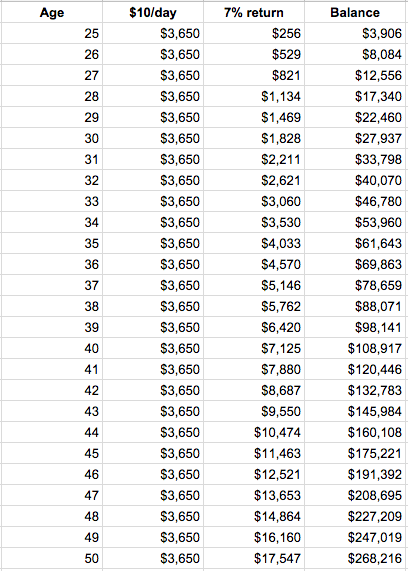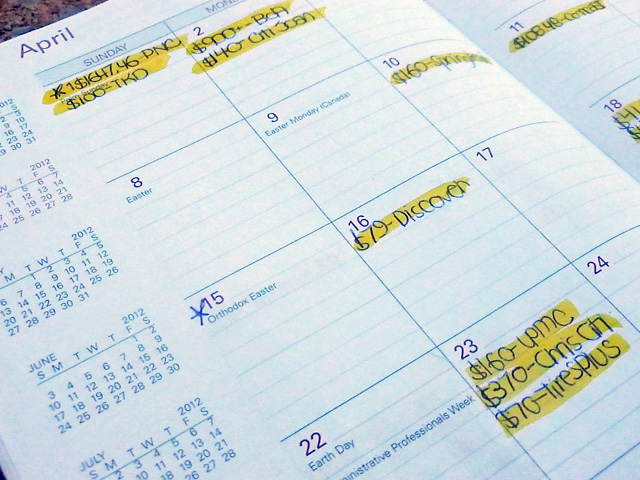
What is Regions Overdraft Protection? Regions Overdraft Protection links to your checking account and transfers available funds from the other account. Regions Overdraft Protection provides free protection and no fees for the transfer of funds between accounts. This service can be accessed through either a credit card or deposit agreement. Either the customer may opt in or pay a monthly fee to use the service.
Overdraft protection available as a pay-as-you go option
Regions Bank's Overdraft Protection allows for automatic money transfer to your checking account. It transfers money from Regions Bank accounts, such your line of credit card. Overdraft protection by Regions is different from Standard Overdraft Insurance, which requires you to apply separately. Read on to learn more about this benefit. To enroll in this service, visit regions.com/overdraft protection.

Returned item fees subject to limitations
Regions Bank accounts may be eligible for their overdraft protection program. These programs can protect you from a range of fees such as returned item fees or non-sufficient fund fees. By the end of the second quarter of 2022, Regions will stop charging both of these fees, and lower overdraft fee caps. As of this writing, you are only permitted to incur one paid overdraft item fee per day for consumer banking accounts (personal1 checking, savings and money market accounts). For non-analyzed business accounts, the returned item fee will be limited to three per day by regions.
Cost
Regions offers Overdraft protection for a small monthly fee if you are concerned about unexpected shortfalls in checking accounts. You can link your personal Regions checking account to a savings/money market account. Regions will transfer your funds from the designated fund account if you have to make an emergency overdraft. A small fee will be charged for the transfer, but this fee is much lower than the overdraft fees you'll pay.
Opt in requirements
Consumer financial protection boards are looking into overdraft fees, and implementing new laws that protect consumers. The new regulations require banks that consumers have the ability to opt-in to overdraft protection. Regions didn't always follow the regulations and continued to charge customers who hadn't opted-in for overdraft protection with overdraft fees. Despite these new rules, Regions continued charging overdraft fees and declining transactions to customers who did not have sufficient funds.

Avoid overdraft fees by taking precautions
There are many things you can do in order to avoid any overdraft fees. Managing your checking account charges will keep you from overdrawing your account. So, for example, be aware of when you need to pay your bills in order to ensure you have enough money. Another way to manage your bills is online bill pay. These payments can be set up to debit your account at the time of your paycheck. It's easy to solve an overdrawn situation by monitoring your bank accounts regularly.
FAQ
What should I look for when choosing a brokerage firm?
There are two important things to keep in mind when choosing a brokerage.
-
Fees – How much are you willing to pay for each trade?
-
Customer Service – Will you receive good customer service if there is a problem?
It is important to find a company that charges low fees and provides excellent customer service. If you do this, you won't regret your decision.
When should you start investing?
The average person invests $2,000 annually in retirement savings. You can save enough money to retire comfortably if you start early. You may not have enough money for retirement if you do not start saving.
Save as much as you can while working and continue to save after you quit.
The sooner that you start, the quicker you'll achieve your goals.
You should save 10% for every bonus and paycheck. You can also invest in employer-based plans such as 401(k).
Contribute enough to cover your monthly expenses. You can then increase your contribution.
How can you manage your risk?
Risk management means being aware of the potential losses associated with investing.
For example, a company may go bankrupt and cause its stock price to plummet.
Or, a country could experience economic collapse that causes its currency to drop in value.
You risk losing your entire investment in stocks
Remember that stocks come with greater risk than bonds.
One way to reduce risk is to buy both stocks or bonds.
By doing so, you increase the chances of making money from both assets.
Spreading your investments across multiple asset classes can help reduce risk.
Each class has its own set of risks and rewards.
For instance, stocks are considered to be risky, but bonds are considered safe.
You might also consider investing in growth businesses if you are looking to build wealth through stocks.
Focusing on income-producing investments like bonds is a good idea if you're looking to save for retirement.
Which fund is best to start?
When it comes to investing, the most important thing you can do is make sure you do what you love. If you have been trading forex, then start off by using an online broker such as FXCM. If you are looking to learn how trades can be profitable, they offer training and support at no cost.
You don't feel comfortable using an online broker if you aren't confident enough. If this is the case, you might consider visiting a local branch office to meet with a trader. You can also ask questions directly to the trader and they can help with all aspects.
Next would be to select a platform to trade. CFD platforms and Forex trading can often be confusing for traders. Both types of trading involve speculation. Forex is more profitable than CFDs, however, because it involves currency exchange. CFDs track stock price movements but do not actually exchange currencies.
Forex is more reliable than CFDs in forecasting future trends.
But remember that Forex is highly volatile and can be risky. CFDs are often preferred by traders.
We recommend that you start with Forex, but then, once you feel comfortable, you can move on to CFDs.
Statistics
- Over time, the index has returned about 10 percent annually. (bankrate.com)
- They charge a small fee for portfolio management, generally around 0.25% of your account balance. (nerdwallet.com)
- As a general rule of thumb, you want to aim to invest a total of 10% to 15% of your income each year for retirement — your employer match counts toward that goal. (nerdwallet.com)
- Some traders typically risk 2-5% of their capital based on any particular trade. (investopedia.com)
External Links
How To
How to invest In Commodities
Investing in commodities involves buying physical assets like oil fields, mines, plantations, etc., and then selling them later at higher prices. This process is called commodity trading.
Commodity investment is based on the idea that when there's more demand, the price for a particular asset will rise. The price will usually fall if there is less demand.
You want to buy something when you think the price will rise. You'd rather sell something if you believe that the market will shrink.
There are three types of commodities investors: arbitrageurs, hedgers and speculators.
A speculator is someone who buys commodities because he believes that the prices will rise. He doesn't care what happens if the value falls. For example, someone might own gold bullion. Or, someone who invests into oil futures contracts.
A "hedger" is an investor who purchases a commodity in the belief that its price will fall. Hedging is a way to protect yourself against unexpected changes in the price of your investment. If you have shares in a company that produces widgets and the price drops, you may want to hedge your position with shorting (selling) certain shares. This is where you borrow shares from someone else and then replace them with yours. The hope is that the price will fall enough to compensate. It is easiest to shorten shares when stock prices are already falling.
A third type is the "arbitrager". Arbitragers trade one thing in order to obtain another. If you are interested in purchasing coffee beans, there are two options. You could either buy direct from the farmers or buy futures. Futures allow you the flexibility to sell your coffee beans at a set price. You are not obliged to use the coffee bean, but you have the right to choose whether to keep or sell them.
This is because you can purchase things now and not pay more later. If you know that you'll need to buy something in future, it's better not to wait.
Any type of investing comes with risks. Unexpectedly falling commodity prices is one risk. Another risk is the possibility that your investment's price could decline in the future. You can reduce these risks by diversifying your portfolio to include many different types of investments.
Another thing to think about is taxes. It is important to calculate the tax that you will have to pay on any profits you make when you sell your investments.
Capital gains taxes should be considered if your investments are held for longer than one year. Capital gains taxes apply only to profits made after you've held an investment for more than 12 months.
You might get ordinary income instead of capital gain if your investment plans are not to be sustained for a long time. Ordinary income taxes apply to earnings you earn each year.
Commodities can be risky investments. You may lose money the first few times you make an investment. You can still make a profit as your portfolio grows.